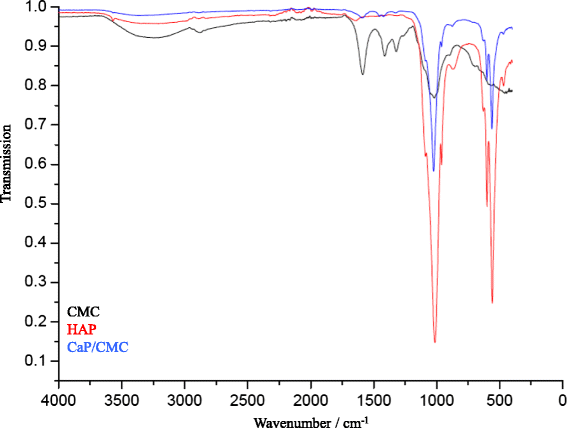

Novel route of synthesis of PCL-CuONPs composites with antimicrobial properties. Muñoz-Escobar A, Ruíz-Baltazar ÁD, Reyes-López SY. Nanosilver: new ageless and versatile biomedical therapeutic scaffold. Antimicrobial Nanoarchitectonics: From Synthesis to Applications. Silver Nanoparticles: A Novel Antimicrobial Agent. Antimicrobial activity of silver nanoparticles in polycaprolactone nanofibers against gram-positive and gram-negative bacteria. López-Esparza J, Espinosa-Cristóbal LF, Donohue-Cornejo A, Reyes-López SY. HAp-AgNPs composites have a higher possibility for medical applications focused no the control of microorganisms with drug-resistance.Īntibacterial activity drug-resistance hydroxyapatite nanocomposites silver nanoparticles. The results ofUVvisible spectroscopy, dynamic light scattering, and transmission scanning electron microscopy revealed the existence of AgNPs with diameters around 6 nm. All HAp-AgNPs composites demonstrated excellent antibacterial effect even at lower silver concentration. Hydroxyapatite-silver composite (HAp-AgNPs) was preparedby adsorption of AgNPsat severalconcentrations. Scanning electron microscopy and energy dispersive X-ray spectroscopy corroborated the presence of silver disseminated over the surface of hydroxyapatite nanopowders. The results of UV-visible spectroscopy, dynamic light scattering, and transmission scanning electron microscopy revealed the existence of AgNPs with diameters around 6 nm. Hydroxyapatite-silver composite (HAp-AgNPs) was prepared by adsorption of AgNPs at several concentrations. Hydroxyapatite nanopowders were produced by sol-gel and silver nanoparticles were synthesized by reduction of Ag +ions with the simple addition of gallic acid. The aim of this study was to prepare and characterize hydroxyapatite-silver nanocomposite and evaluate its antimicrobial properties against various Gram-positive and negative bacteria related to drug-resistance infections. The integration of silver nanoparticles in ceramic matrices has enhanced the antimicrobial performance, resulting in the search for new composites with improved bactericidal properties. Nanoparticles of metals or oxide metals be able to be toxic to bacteria, demonstrating biocidal behaviors at low concentrations. Innovative and improved antimicrobial agents by nanotechnology are developed to control and mitigation of resistant microorganisms.


 0 kommentar(er)
0 kommentar(er)
